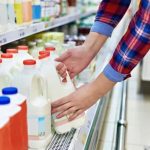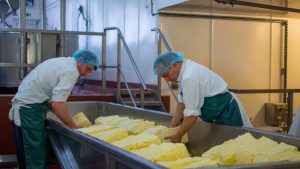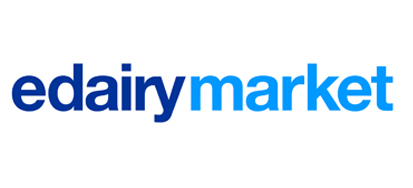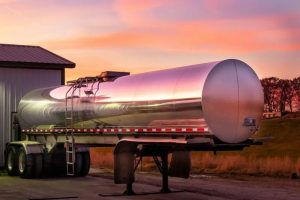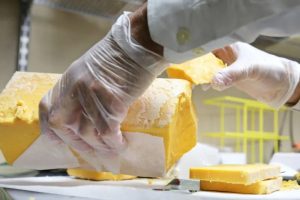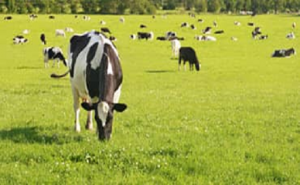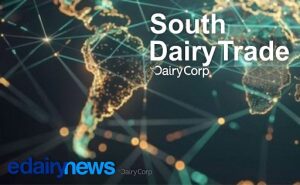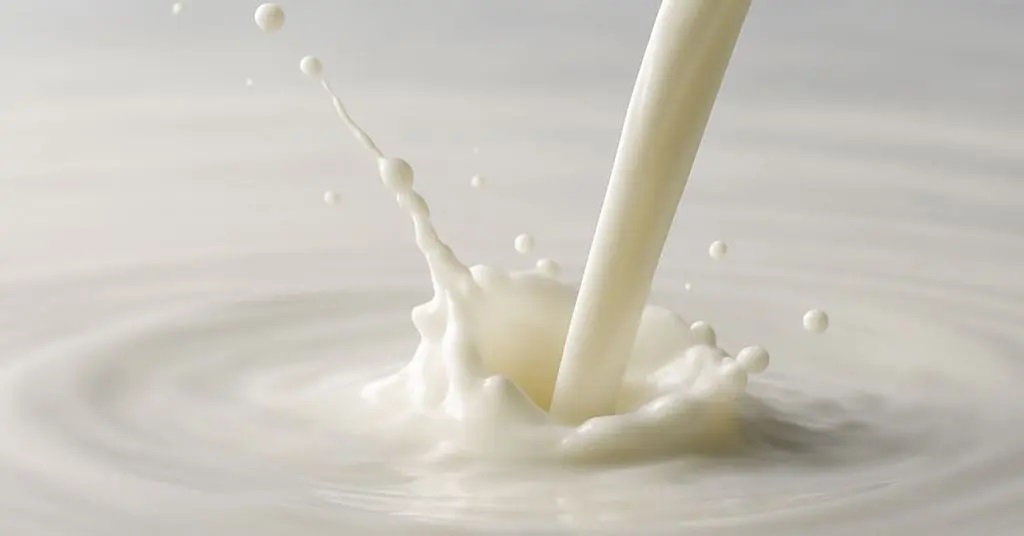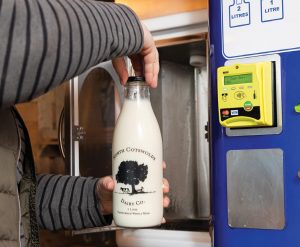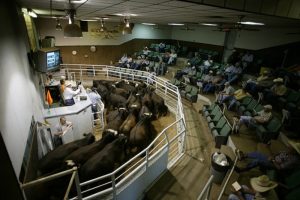
That’s according to Katie Burgess, director of risk management at Ever.Ag. Burgess spoke during a breakout session at the 2025 Central Plains Dairy Expo in Sioux Falls in March.
The dairy sector has faced significant challenges over the years, with fluctuating milk prices often creating uncertainty for producers. The current pricing system, heavily influenced by supply and demand dynamics, has been criticized for its lack of predictability, Burgess said.
Fortunately, so far, milk checks have been better than expected in 2025.
“They were rough last year,” she said.
Producers in attendance voiced concerns about the financial pressures they face. With rising operational costs and unpredictable revenue streams, many are struggling to remain profitable.
“We need a system that provides consistency and allows us to plan for the future,” said one producer, emphasizing the need for long-term sustainability.
Burgess explored five key factors that will have a big role in the future of milk prices: exports, plant investments, lackluster U.S. demand, a rebound in milk supply, and risk management.
Exports
It all starts with exports, Burgess said.
According to the U.S. Department of Agriculture, in 2024, U.S. dairy product exports reached a total value of $8.22 billion, with a total volume of 2.65 million metric tons, marking the second-highest level ever.
Exports to Mexico grew in 2024, and January exports across the board were great, Burgess said, but with new tariffs recently put in place, the future of those exports is uncertain. However, she believes that Mexico will continue to be a key importer of U.S. cheese because they are investing in internal processing within the country.
“Cheese is processed in a 640-pound block or a 500-pound barrel. You need to slice that up to get it to consumers,” she said.
Mexico is working on being able to do that more within its borders, which Burgess believes will help U.S. exports with a higher demand for cheese.
A wave of investments in new dairy processing plants and existing plant expansion is the second factor that will impact future milk prices.
“The reason those cheese exports are going to be so important in 2025 is by the time we get to the end of the year, we’re going to be making a whole lot more cheese in the U.S.,” Burgess said.
The expansion of Valley Queen Cheese in Milbank is particularly important for this region, Burgess said.
Previously, Valley Queen took in 5 million pounds of milk per day. The 2024 expansion now brings in 8 million pounds daily.
New cheese plants in Texas and Kansas, also each taking in 8 million pounds of milk daily will also help grow the dairy exports and domestic sales.
Lackluster U.S. demand
Domestic dairy demand has decreased, making exports even more crucial, Burgess said.
“We’re making those cheeses, and we need someone to eat it,” she said. “I’m not necessarily convinced it’s going to be the U.S. consumer.”
Those who are eating dairy products in the U.S. are doing so more at home and less at restaurants. Demand has increased at the grocery store and decreased at restaurants, Burgess said, likely because restaurant prices have gone up.
According to the National Restaurant Association, as of March 12, consumer prices have climbed 2.8% over the past 12 months.
“Going through the drive-thru line and spending $40 or $50 feels a little expensive,” Burgess said.
Milk supply rebound
Burgess said economists are expecting a 1% growth in milk supply, with new plants and existing plant expansions playing a role. That’s below the historical 2% yearly average growth but up from last year.
“So we’re expecting moderate growth,” she said.
Supply will grow enough to fill the new plants, she said. However, replacement cow numbers continue to be down, which limits growth.
Burgess doesn’t expect those numbers to change much over the next year. However, in South Dakota, numbers have doubled in the last 10 years, with a 110% increase in cows.
You can now read the most important #news on #eDairyNews #Whatsapp channels!!!
🇺🇸 eDairy News INGLÊS: https://whatsapp.com/channel/0029VaKsjzGDTkJyIN6hcP1K

